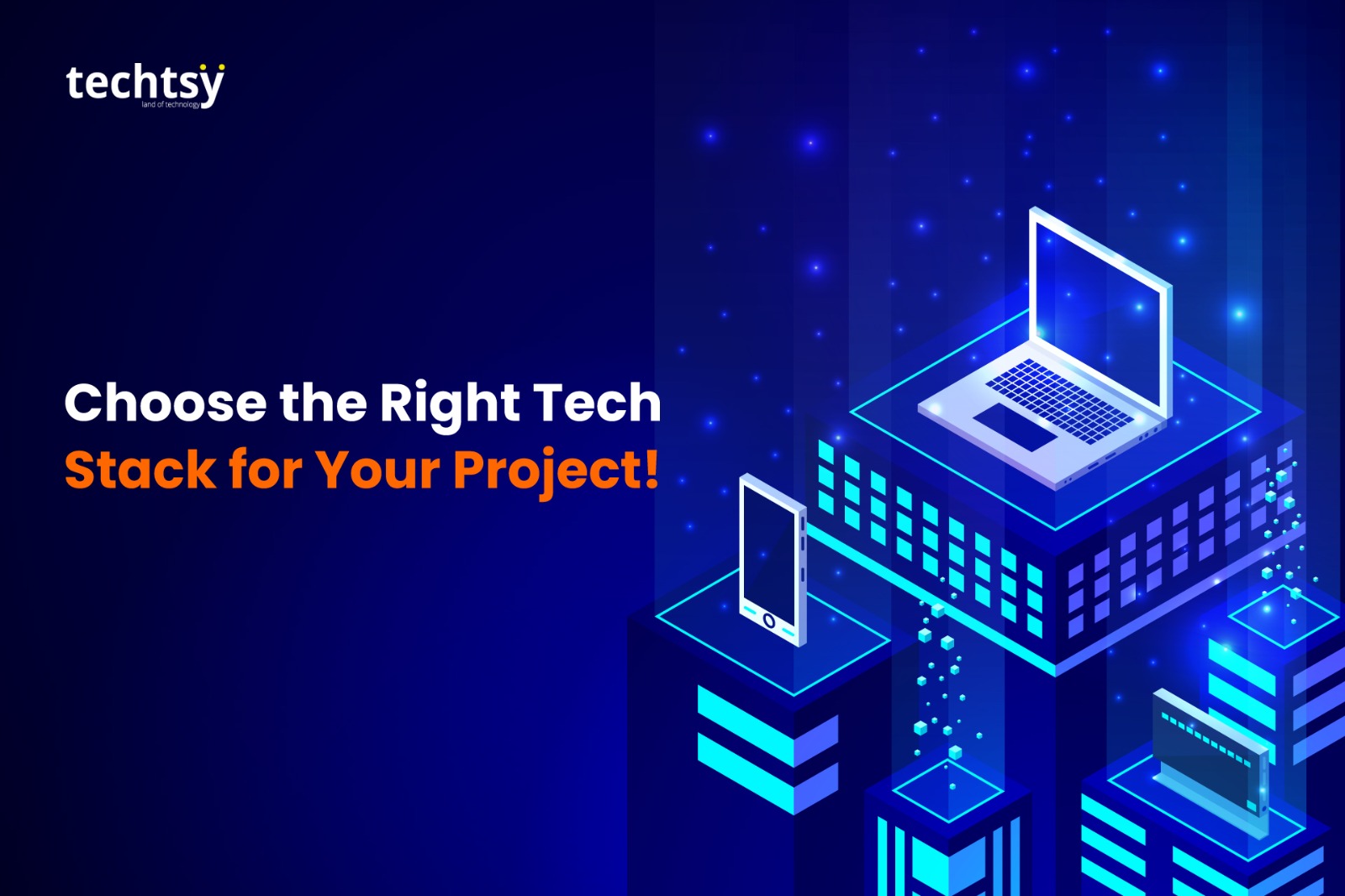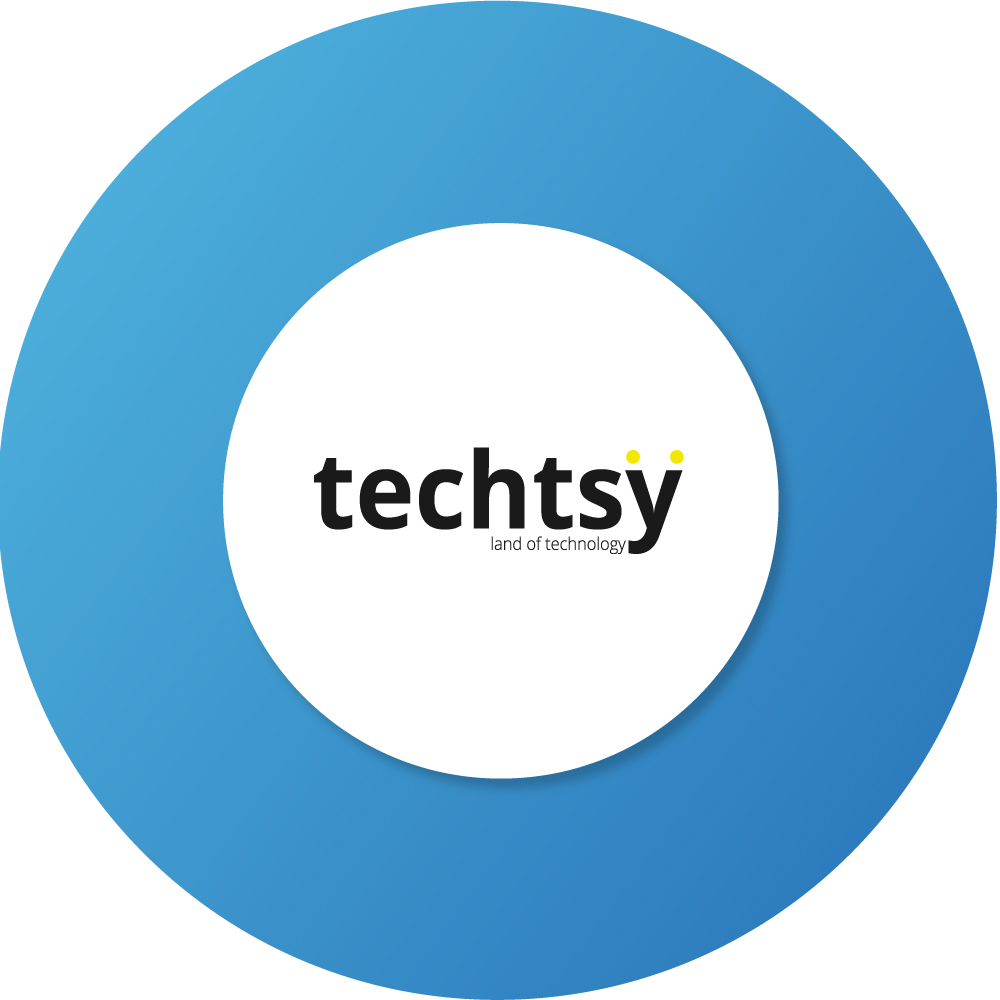
If you are thinking about developing your own software solution, you need to choose the right tech stack. Unfortunately, this is what most people get confused with. Don’t worry we are here to tell you how to choose the right tech stack.
When starting a new business that involves developing software, a website, or a mobile app, there are countless things to consider. However, choosing the right tech solution is more important than anything else.
You might be asking yourself a question why?
Well, the choice of the technology stack can influence the speed, expandability, and sustainability of your solution. It can also influence the time and money required to complete it.
In this blog, we are going to discuss how you can choose the right tech stack for your project. Read on and make the right decision. But before that let’s learn what is a tech stack.
What Is a Tech Stack?
In simple words, a tech stack or technology stack is the total group of technologies that are used in the development of a software program. It generally consists of two main parts—the front end and the back end.
Frontend (client-side) is simply the looks of the application and the section of the application that communicates with the user.
On the other hand, the Backend (server-side) is the component of application responsible for data manipulation, business rule execution, and database access.
For example, the tech stacks include the MERN stack which includes MongoDB, Express.js, React, Node.js, etc. for web apps. The other is LAMP stack which includes Linux, Apache, MySQL, and PHP used for full-stack web development.
Key Considerations for Choosing the Right Tech Stack
Let’s get to the details of this blog with some of the key considerations that will help you in your future endeavors.
1. Project Requirements and Goals
First things first, you must always gather the project requirements and understand your goals. Without this, you won’t be able to understand what technology you need. So, to choose the tech stack, what should you gather?
The choice of tech stack should be driven by your project’s specific requirements:
- Type of Project: Is it a small MVP or a large-scale application? Different project sizes and types will require different technology stacks. For example, if scalability is crucial, you may want to choose a stack that supports microservices architecture.
- Project Features: Analyze the complexity and functionality of the features. For example, a real-time app may require different tools (such as WebSockets) compared to an e-commerce platform that focuses more on handling databases.
2. Scalability
The second most important thing in how to choose the right tech stack, learn about the required scalability factors. This is one of the most important things to consider when it comes to a software project. Depending on the future plan, you must choose the technology stack because your tech stack must support both horizontal and vertical scaling. Anyway, what are those? Let’s check out.
- Horizontal Scalability: Adding more machines or nodes to handle an increasing number of requests.
- Vertical Scalability: Increasing the power of your current hardware (CPU, RAM) to manage more operations.
Tech stacks like Node.js and Python are commonly chosen for projects that need scalability, thanks to their ability to manage large volumes of data and users.
3. Development Speed
When choosing the right tech stack for your project, check with development speed of the chosen tech stack. Don’t choose something that will take longer to develop. Some tech stacks allow for faster development than others, particularly when leveraging ready-to-use libraries, frameworks, and tools:
- Rapid Prototyping: Tools like Ruby on Rails or Laravel are excellent for quickly creating prototypes.
- Libraries and Plugins: Popular stacks like React and Angular have large ecosystems with extensive libraries and plugins to speed up development.
If you’re working on an MVP, prioritizing development speed can help you quickly launch a product and iterate based on feedback.
4. Maintainability
Remember one thing, your developer will not maintain your solution for a lifetime. You might need to change hand or you probably want to have your own team maintain the solution.
In that case, when choosing the right tech stack, consider the maintainability of the tech stack. A well-chosen tech stack should make the codebase easy to maintain and extend:
- Code Readability: Frameworks like Django (Python) emphasize clean, maintainable code, reducing long-term technical debt.
- Documentation and Community Support: Well-documented technologies with active communities are easier to maintain, troubleshoot, and improve. Open-source technologies like React and Vue.js have robust community support.
5. Cost of Development
If you are checking on which technology stack you should go with for your project, then you must not ignore the cost of development. There are tech stacks that will cost you more and there are some which will cost you less. So, depending on your requirements, you should choose the tech stack keeping the cost of development in mind.
Here are some of the things that influence the cost of development;
- Developer Availability: Popular languages like JavaScript and Python have larger developer communities, meaning you’ll find talent more easily and affordably.
- Hosting Costs: Some tech stacks require specific hosting environments, which could be costly. Cloud providers like AWS, Google Cloud, and Azure support various technologies, so choose a stack that aligns well with your hosting budget.
6. Security
Cybersecurity is becoming one of the most important things in system development especially because of the rising cyber threats. Therefore, if you are thinking about adapting to the right technology stack, also think about the security.
Certain stacks come with built-in security features that can simplify development, especially for applications handling sensitive data:
- Framework Security: Frameworks like Spring (Java) and Django (Python) come with built-in protections against common vulnerabilities like SQL injection and cross-site scripting.
- Compliance Requirements: If your project needs to comply with regulations like GDPR or HIPAA, some tech stacks are better equipped to facilitate this.
7. Future Trends
Last but not least, if you have read the blog through on how to choose the right tech stack for your project, you have got other 6 considerations, there are more, and we are going to address just another which is the future trends.
You always need to opt for a tech stack that is evolving and has long-term viability. Check out the following for more clear understanding.
- Longevity: Some technologies, like PHP, have been around for decades and continue to evolve, while others may become obsolete quickly.
- Future-Proofing: Keep an eye on trends like AI, blockchain, or IoT, and whether your chosen tech stack can easily integrate with these technologies in the future.
Common Tech Stacks and Their Use Cases
- MERN Stack (MongoDB, Express.js, React, Node.js)
- Use Case: Single-page applications, real-time apps, and dynamic websites.
- Why Choose It: Full-stack JavaScript solution, great for fast, scalable applications.
- LAMP Stack (Linux, Apache, MySQL, PHP)
- Use Case: Traditional web development, CMS-based sites like WordPress.
- Why Choose It: Stable, proven stack with extensive community support.
- MEAN Stack (MongoDB, Express.js, Angular, Node.js)
- Use Case: Enterprise-grade apps, eCommerce, real-time apps.
- Why Choose It: Strong on security and scalability for complex applications.
- Django + Python
- Use Case: AI, ML-based apps, data-driven applications, complex web apps.
- Why Choose It: Great for rapid development, security, and data management.
- Ruby on Rails
- Use Case: MVPs, startups, eCommerce platforms.
- Why Choose It: Rapid development and prototyping with a focus on convention over configuration.
Hope you have read this blog through and understood the importance of choosing the right tech stack. Remember again, there’s no one-size-fits-all solution; it depends on factors such as scalability, team expertise, development speed, and long-term maintenance. By carefully evaluating these factors, you can ensure that your project is built on a solid technological foundation that sets it up for success.
Need a technology partner to develop your technology solution with the right tech stack? Techtsy has got your back. Partner with us and build your solution with the right tech stack.

Comments :